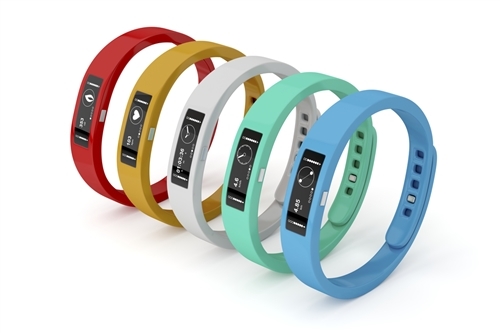A key design challenge in any wearable device is power management. How long can the battery run before needing to be recharged? What can you do with the battery’s energy without asking users to recharge it every day? How much power does the device consume when idling? These questions are prevalent in every wearable design discussion.
The first step toward answering these questions is determining the battery’s type and capacity. Will the wearable be an ultra-small, ultra-low power fitness tracker powered from a coin cell? Will it be a miniature smartphone powered from a 300mAhr rechargeable lithium battery with the ability to unlock your front door and give you today’s weather forecast? That decision will then drive the required level of processing power and processor choice. The microcontroller choice, such as the MSP430F59xx (ferroelectric random access memory [FRAM]) with TI’s EnergyTrace++ technology for ultra-low power applications, determines the system’s standby power draw, which is critical in determining the wearable’s battery runtime.
Once you know the system’s standby power, you’ll need to make a second decision before computing the battery current draw: selecting a power supply. A power supply must reside between the battery and microcontroller in order to provide the microcontroller with a regulated voltage within its operating range. Using a linear regulator provides a low-cost and simple solution but with lower efficiency. Using a buck converter allows for higher efficiency with little loss at higher operating powers, such as transmitting and data logging. And using an ultra-low-power buck converter allows for higher efficiency across the entire load range, from transmitting to idling. This final solution is the best way to make the most use of the battery’s energy and obtain the longest runtime between charges for your wearable.
In this article, I described such a wearable system with the ultra-low-power MSP430F59xx microcontroller powered from the ultra-low-power TPS82740A. When idling, the battery delivers less than 1µA! This solution supports quite a long time between recharges, while the super-small size of both the power supply and MCU provides easy integration into any wearable. How much current does your wearable consume when idling?
TI also has several charging solutions for wearables. Check out these additional resources:
- Information about TI parts for fitness and wearable electronics: ti.com/wearables.
- Tips for making your battery solution more compact.
- bq25100 battery charger product page.

